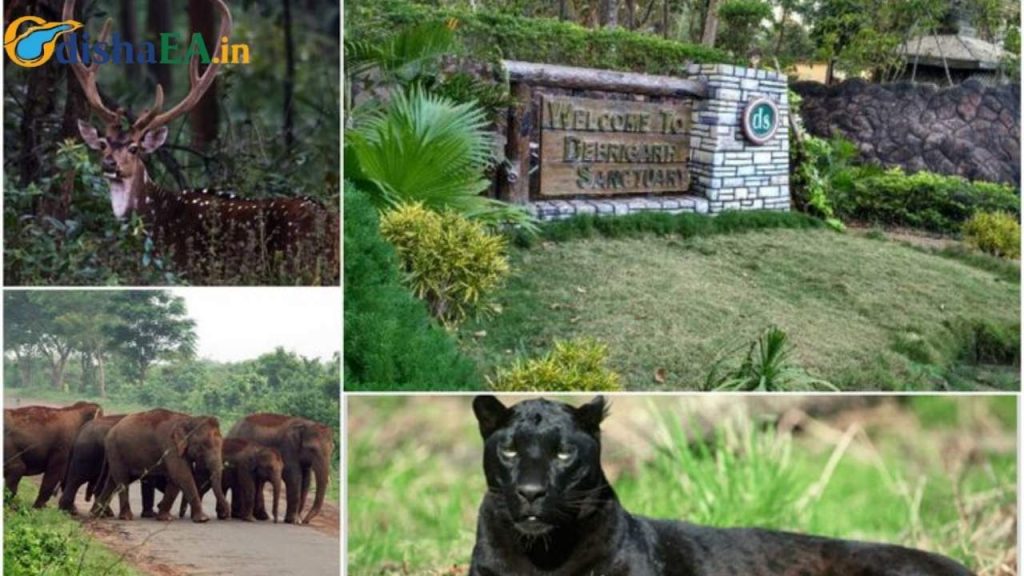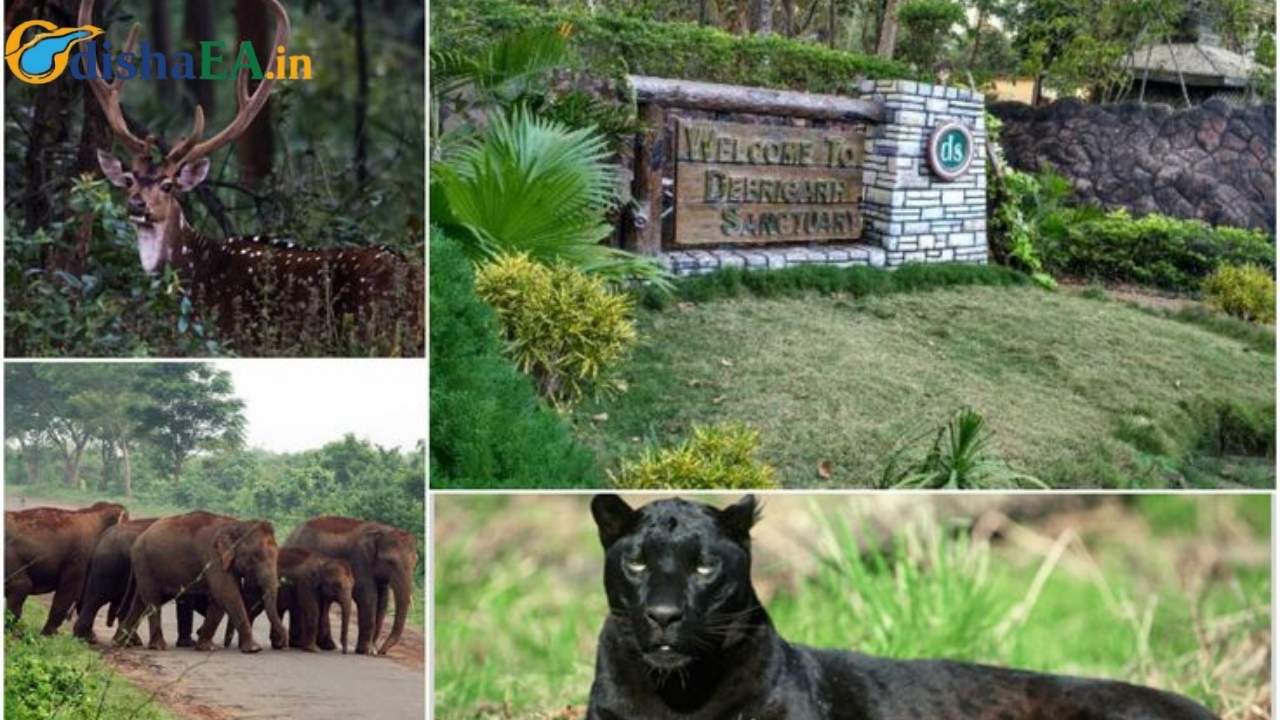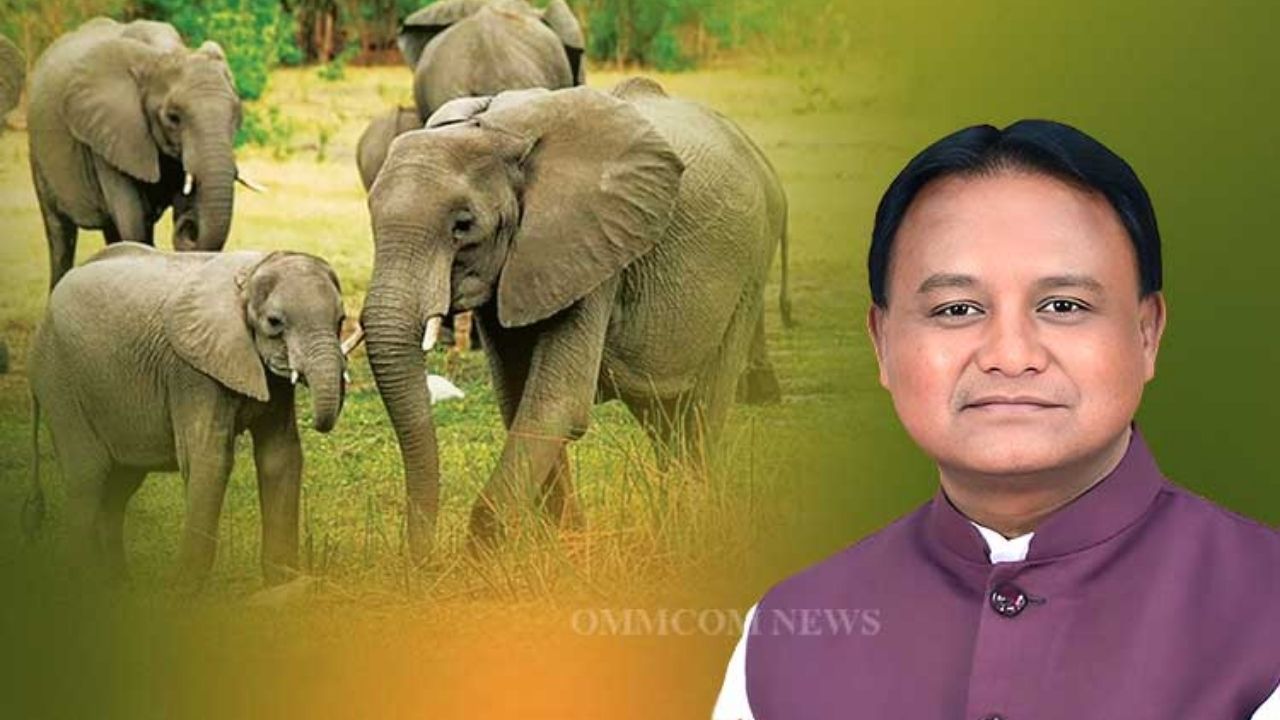When we talk about conservation success stories, Debrigarh Wildlife Sanctuary in Odisha, India, is shaping up to be one heck of a headline. Recently, officials confirmed that a proposal has been submitted to declare Debrigarh Sanctuary as Odisha’s third national park—joining the legendary Similipal and Bhitarkanika. That’s not just good news for wildlife nerds; it’s a big deal for global biodiversity, climate resilience, and even eco-tourism.

Now, I know what you’re thinking: “Okay, sounds cool, but why should I care?” Well, here’s the kicker—national parks don’t just protect animals; they also create opportunities for people. From sustainable tourism jobs to cleaner water and healthier ecosystems, this move has ripple effects reaching far beyond Odisha’s borders. And trust me, if you’re a 10-year-old kid who loves tigers or a professional working in conservation, you’re going to want to follow this story.
Debrigarh Sanctuary May Become Odisha’s Third National Park
| Topic | Details |
|---|---|
| Proposal Submitted | March 2025 |
| Current Status | Under active government consideration Odisha Govt |
| Proposed Area | 290 sq km of the 346.9 sq km sanctuary |
| Relocated Families | 445 households moved (2022) New Indian Express |
| Biodiversity | Home to gaurs, leopards, 300+ bird species |
| National Parks in Odisha | Similipal, Bhitarkanika, and now Debrigarh (proposed) |
| Tiger Reserve Push | NTCA approved; proposed 804 sq km reserve |
The proposal to make Debrigarh Sanctuary Odisha’s third national park is more than just a bureaucratic update—it’s a milestone in India’s conservation journey. With its biodiversity-rich forests, recent community relocations, and growing eco-tourism potential, Debrigarh could become a flagship model for balancing people, wildlife, and development.
So, whether you’re a wildlife buff, a policy wonk, or just someone who enjoys a good underdog story—keep your eyes on Debrigarh. This park could soon roar its way onto the global conservation map.
Why Is Debrigarh Sanctuary Making Headlines?
Let’s break it down.
- Location & Size: Debrigarh is nestled near the Hirakud Dam reservoir, one of Asia’s largest earthen dams. Covering 346.90 sq km, the sanctuary is packed with lush forests, waterfalls, and caves.
- Biodiversity Hotspot: Think of it as nature’s own Costco—only instead of bulk toilet paper, you’ve got Indian bison, leopards, four-horned antelopes, dholes (wild dogs), and 300+ bird species.
- People Factor: Until recently, hundreds of families lived in the core area. But thanks to a carefully managed relocation program, the 445 households were moved to new settlements in 2022, making the area free from human habitation. That’s huge, because under Indian wildlife law, a national park must have an inviolate core zone.
What Does Becoming a National Park Mean?
Okay, here’s where it gets real. Declaring a sanctuary as a national park isn’t just a fancy name change. It means:
- Stronger Legal Protection – No mining, logging, or industrial activity inside the park.
- Funding Boost – National parks get extra dough from the government and international conservation groups.
- Tourism Opportunities – Eco-tourism zones bring in visitors, jobs, and revenue. Think guided safaris, birdwatching tours, and homestays.
- Wildlife Corridors – Debrigarh sits at the crossroads of central and eastern Indian forests, linking it with iconic parks like Kanha and Satkosia. That’s like building a wildlife highway for tigers, elephants, and other migratory species.
The Numbers You Should Know
- 346.9 sq km → Total sanctuary size.
- 290 sq km → Proposed national park zone.
- 445 families relocated → In 2022, making the core area human-free.
- 3rd National Park in Odisha → After Similipal (tigers, elephants) and Bhitarkanika (crocodiles, mangroves).
- 804–805 sq km Tiger Reserve Proposal → NTCA has greenlit a tiger reserve expansion, which could make Debrigarh a double status park.
Why Should You Care?
You don’t have to live in India to appreciate the importance of this move. Here’s why this news matters globally:
- Climate Change: Forests in Debrigarh act as carbon sinks, reducing CO2 in the atmosphere. That’s climate action in real time.
- Water Security: Being next to Hirakud Dam, the park safeguards water quality for thousands of people.
- Tourism Potential: Just like Yellowstone or Yosemite in the U.S., national parks drive local economies. Eco-tourism in Debrigarh could be a game-changer for rural communities.
- Cultural Heritage: Parks aren’t just about animals—they protect landscapes and traditions that locals have lived with for centuries.
Practical Takeaways: How This Affects You
Whether you’re a student, traveler, or professional, here’s how this news connects with your world:
If You’re a Student
Think of Debrigarh as a living classroom. You can study ecology, conservation laws, or even tourism economics through its story.
If You’re a Traveler
Odisha may soon offer another safari experience—minus the overcrowding of India’s big tiger parks. Keep Debrigarh on your bucket list.
If You’re in Conservation
Debrigarh is a textbook case of community relocation done (mostly) right. There are lessons here for global conservationists about balancing human rights and wildlife needs.
How a Sanctuary Becomes a National Park
- Proposal Submission → Done in March 2025 by the Odisha Wildlife Wing.
- State Govt Approval → Currently under review.
- Public Consultations → Involves local communities and stakeholders.
- Notification & Gazette → Once approved, the official status is published.
- Funding & Management Plans → Park authorities set up staff, patrols, and eco-tourism models.
This Forest Service Applicant Was Rejected for High BP—Then the Court Stepped In
Managing Odisha’s Elephant Habitats: Forest Beats to Be Classified for Improved Conservation
FAQs
Q1. What is the difference between a sanctuary and a national park?
A sanctuary allows some regulated human activity like grazing or tourism. A national park has stricter protection with no resource use in the core zone.
Q2. Will villagers be displaced again?
No. All 445 families in the core zone were already relocated in 2022. The buffer and eco-tourism zones remain community-friendly.
Q3. Can Debrigarh become a Tiger Reserve too?
Yes! In fact, the National Tiger Conservation Authority (NTCA) has already approved a proposal. That means Debrigarh could soon wear two crowns: national park and tiger reserve.
Q4. What animals can be spotted in Debrigarh?
Expect gaurs (Indian bison), leopards, wild dogs (dholes), antelopes, and hundreds of bird species. Tigers may also be introduced or migrate naturally.
Q5. How can tourists visit Debrigarh?
The park is accessible from Sambalpur, Odisha. Eco-tourism facilities like nature camps and boating on Hirakud Dam are already functional.





